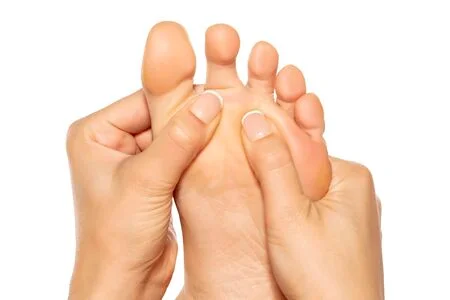INFRA ACUPRESSURE:-
Acupuncture and shiatsu are two more types of Chinese medicine that are closely related to acupressure. Around 600 BC, Taoism—beliefs that emphasise the relationship between people and nature—was developing. This is when the concept of traditional Chinese medicine got its start. It is thought that changes in nature (such as the weather) have an affect on people's mental, emotional, physical, and spiritual well-being. Asian medical practitioners have the view that illness can result from trauma, an unhealthy lifestyle, internal (mental) or external (weather) reasons. Daily changes have an effect on the body's ability to move qi, or life energy (pronounced "chee"), freely. The goal of Chinese medical thought is to restore this equilibrium and create harmony inside the body.
HOW DOES IT WORK?
Acupressure releases qi by applying pressure to certain body locations. Precision is required while applying pressure because there are over 650 distinct pressure points and about 365 points scattered over the principal channels. Each channel contains a network of connections, like the vessels in the circulatory system. Qi (Qi, also known as ki or chi in Wade-Giles romanization, is regarded in traditional Chinese culture and the East Asian cultural sphere as a vital force that is a component of any living organism) in the channels is influenced by a variety of methods. The approaches tonify, disseminate, and quiet are among them. Tonifying would be needed for weak qi. Overactive qi would be soothed and blocked qi would be dispersed. The applied pressure is frequently maintained for a few seconds to minutes. Circular pressure, pushing the acupoint in and out, or a combination of these may be used to provide pressure. Although the manipulated sites could be uncomfortable, acupressure shouldn't hurt. Treatment may be administered every other day or several times per day, depending on the situation.

